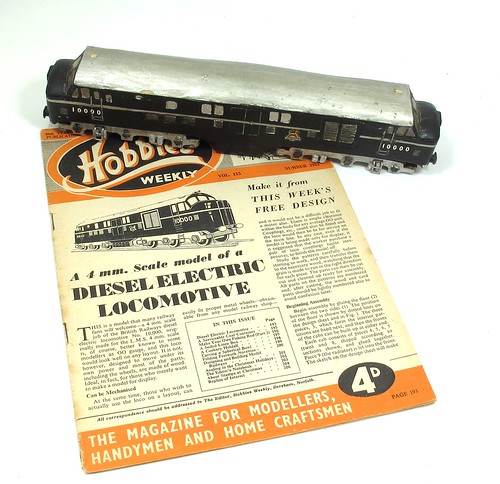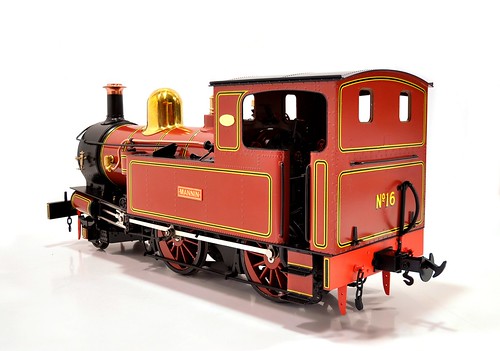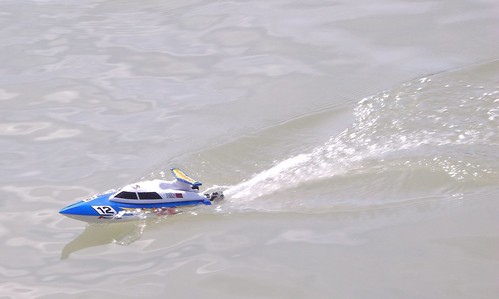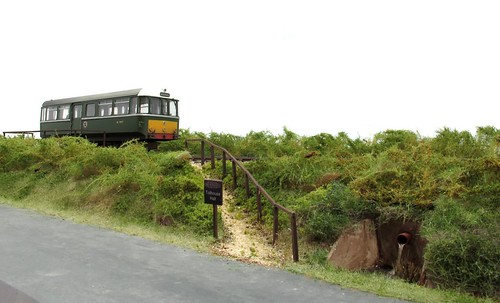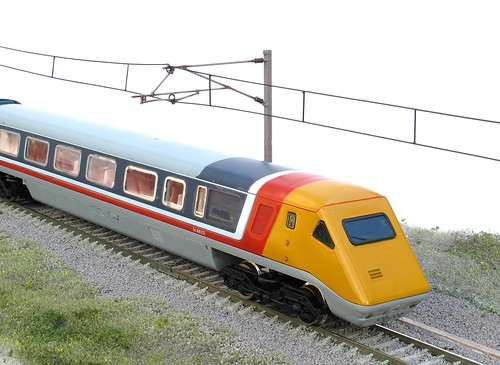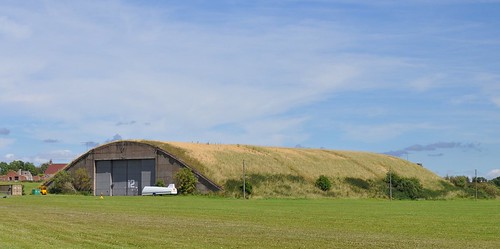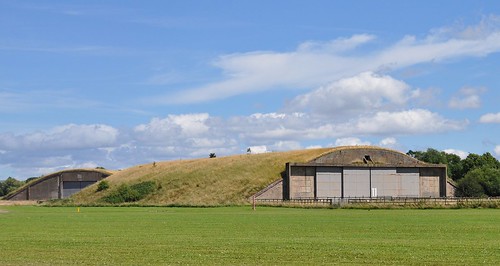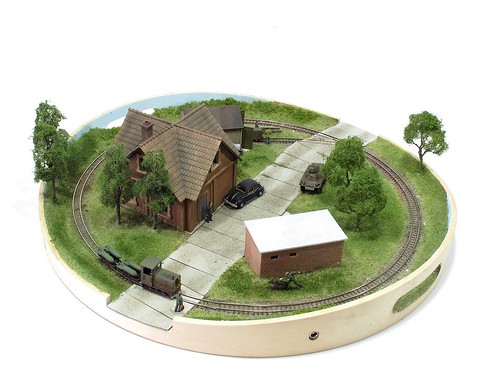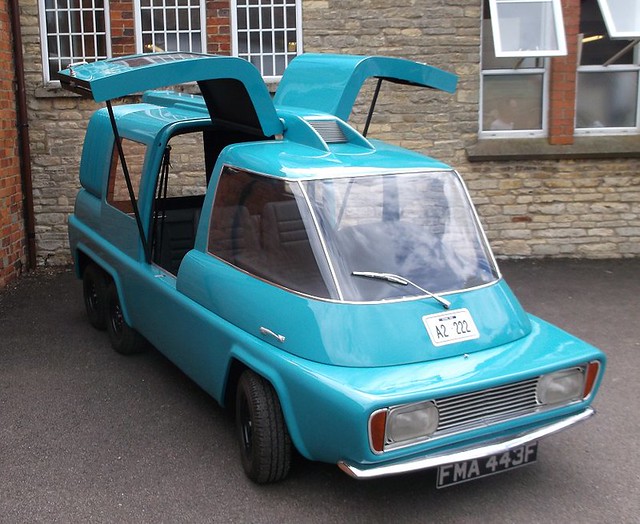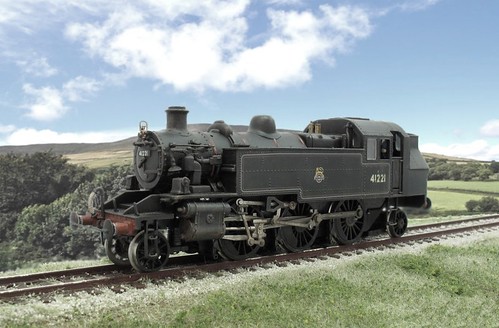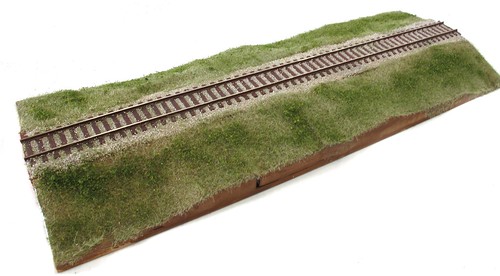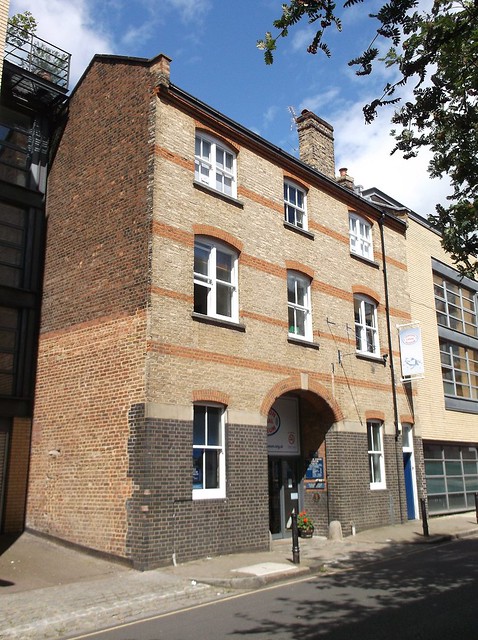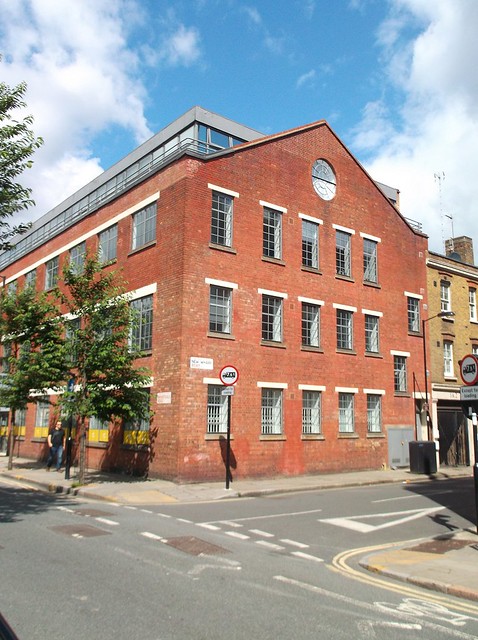During last week's course, I promised the attendees that I'd put a couple of posts up to provide a little more information. Since this would possibly be useful to others, and because web links don't work if you hand them out on paper, here we go.
First up, a short list of useful suppliers. I've concentrated on those mentioned during the day rather than trying to list everyone who make useful stuff. These are all suppliers I've used and whose products I'm happy to recommend. There are others but we don't want this page a mile long do we?
Deluxe Materials - We used the "Ballast Magic" glue to instantly set the ballast on the test piece. Several also asked about water and I recommend the "Making waves" and "Scenic Fibres" as shown on the O gauge diorama. I'm a big fan for the card glue too.
Skytrex - The resin brick walls we coloured in came from here. Excellent range of modular buildings which I've used on several layouts.
4D Model shop - Oddball modelling products including blue foam in thin sheets suitable for scribing to make stone walls. If you are in London, it's worth dropping in for a look although I find myself wondering how I'll carry large sheets of stuff on the tube afterwards.
Woodland Scenics - Suppliers of the ballast and electrostatic grass used on the course. Widely available, although I bought the ones we used from
Hattons.
Greenscene - Excellent scenic items and supplier of the electronic grasser tool we used. If you get the chance, spend some time at a show chatting to John and Pat who will be happy to answer scenery based questions.
Gaugemaster - I buy my DC controllers from here as IMHO they are the best. Also suppliers of the
polythene puffer bottles for applying electrostatic grass.
Wilko - I use their "
Nutmeg Spice" for earth colour over the landscape. Good range of ready wall fillers and other stuff too. Other DIY store suppliers will be just as good I'm sure but it's a start.
Modelrailwayscenery.com - Someone brought along one of their bespoke station sign kits. Nice range of laser-cut bits and downloadable cardboard kits.
Metcalfe Models - Pre-printed card kits which I mentioned are fun to assemble and provide an excellent guide to anyone wanting to learn about scratchbuilding structures.
Slater's Plasticard - If you do have a go at scratchbuilding structures, you'll need a surface finish and that either means a printed version from modelrailwayscenery or something embossed such as Plasticard. Widely available in model shops.
Don't forget, you can see me in
British Railway Modelling magazine every month and I edit the free on-line
Model Railway Express magazine.
I hope this helps. If there are any I've missed off then stick something in the comments and add them in.
